What is Asset Lifecycle Management – Facility Management
Asset Lifecycle Management?
Asset Lifecycle Management (ALM) is the mechanism during the lifecycle to maximize the value created from the properties. Comprehensive management of the asset pool, systematic implementation of programs, and reliable and effective asset management activities help to achieve the desired performance.
Best Practices of asset lifecycle Administration:
- Total Inventory Recognition
Businesses tend to maintain an inventory of a lot. Some of them are critical assets, and others aren’t. So the starting point has to be discovering all the critical assets of your business. As a spare inventory, they may be in the office, on the floor or lying. You’ll get what you really have until you’ve got the entire key inventories. To know what is lost, it is then correlated with the stored data. The discovery of assets is a typical process because some assets (such as electrical assets and mechanical assets) are intangible and yet form a part of your critical assets. Breakdown the assets into different categories to make work easy, such as:
- Heavy Electrical Assets
- Heating, Ventilation & Cooling Assets
- Tools, and parts
- Assets producing utilities like DG, STP, Solar, etc.
- Backup assets
-
Implementing Changes
It has been emphasized time and time again that technology evolves constantly. When that happens, anything that is related to it must either be changed or updated. In company, adaptation is the secret to survival. It will still be to your benefit to constantly refresh your asset store. It will still function to your favor to be able to adapt to change as fast as possible.
-
Assets prioritization
All assets are significant, but they differ in their degree of value. It is best to begin with those that are most important to the organization and then step down the ladder as you start with an asset management lifecycle program. Determine which assets are important to your company. It may not actually be a computer, but a program of applications. Don’t ignore something dependent on its tangibility and tangibility.
-
Assess the metrics
There is no way to grasp how the company fares without measuring it. You can only know how well you are doing when you compare your performance to sales metrics or company expectations. Asset lifecycle monitoring helps capture information that can be compared with the performance assessment criteria collection. The key is to identify those metrics that really matter.
-
License Management
It reduces paperwork and increases compliance. A complete and true inventory of licenses held by a company will help by sending alerts when renewal becomes due so that there are no lapses. Not being compliant in this context will lead to heavy penalties.
-
Automate and Outsource
To ensure complete compliance and increase cost effectiveness you can automate as well as outsource the process.
-
Continuous Follow-up
Tracking is not a one-time operation to be done every year on a fixed date. Instead, it is something that constantly has to happen. Continuous monitoring avoids waste, lowers downtime, eliminates theft accidents and leaves the asset well-maintained. You ought to set up a transparent monitoring mechanism as a company owner that is still successfully implemented.


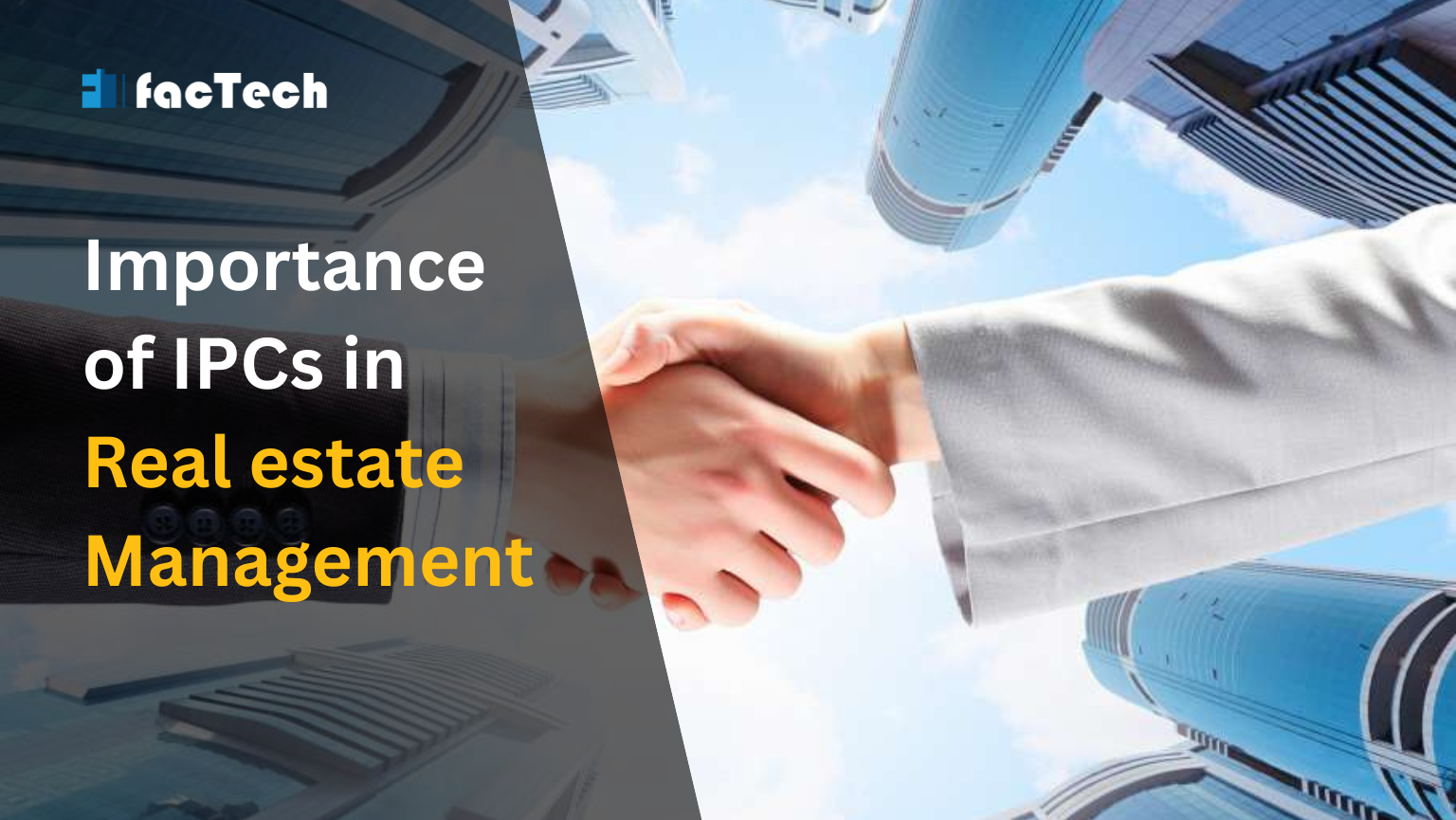
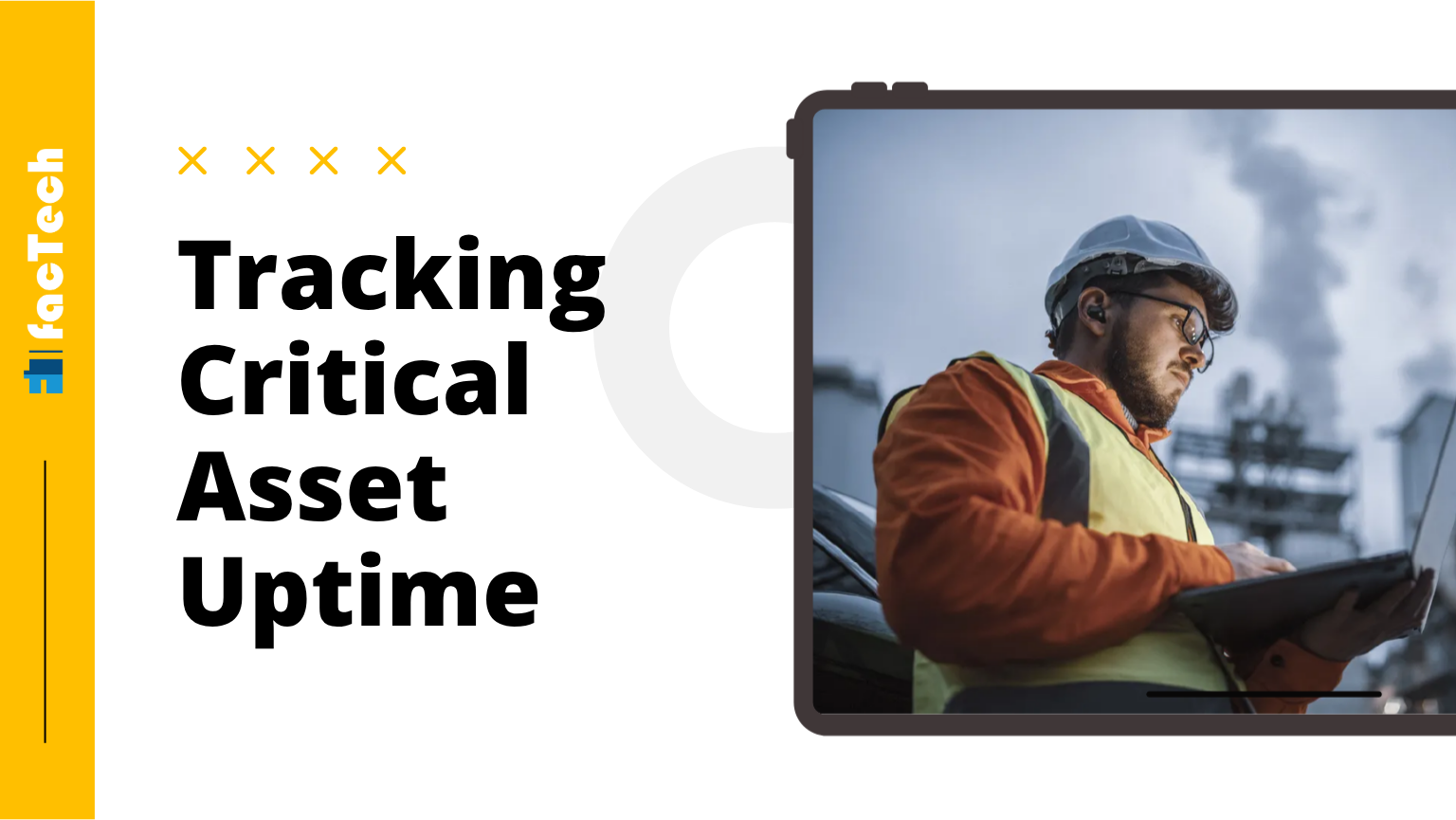
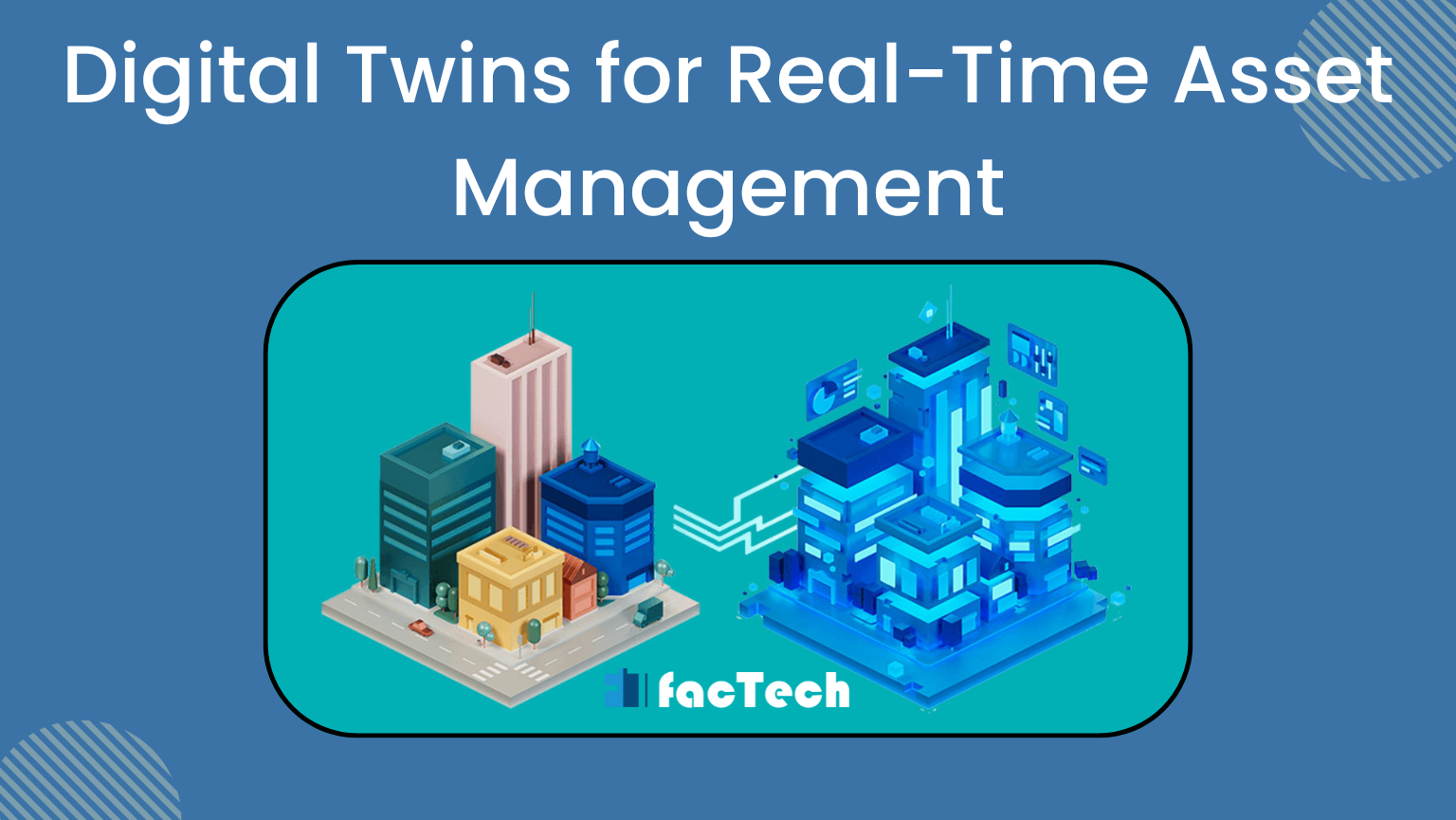

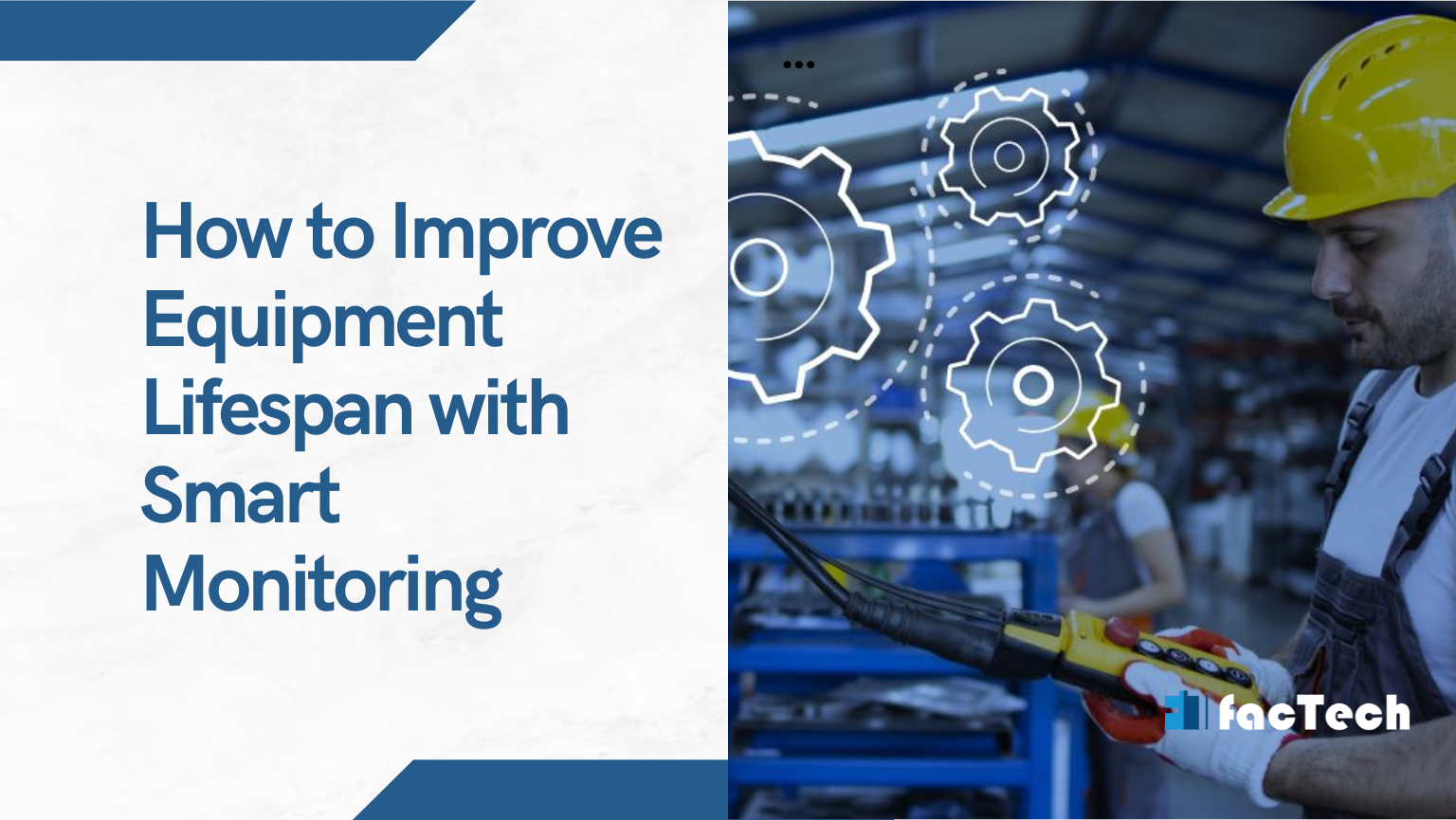
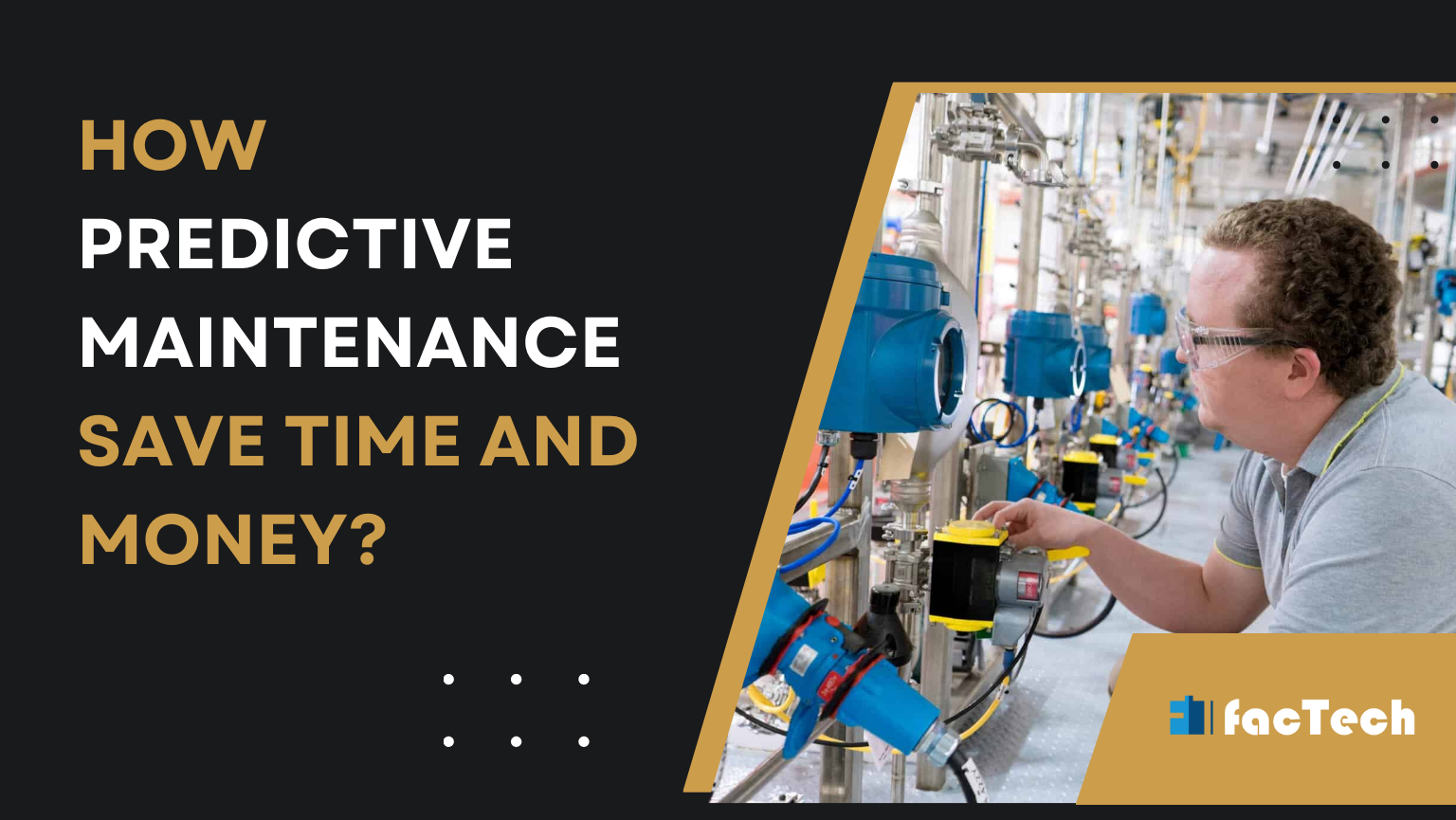
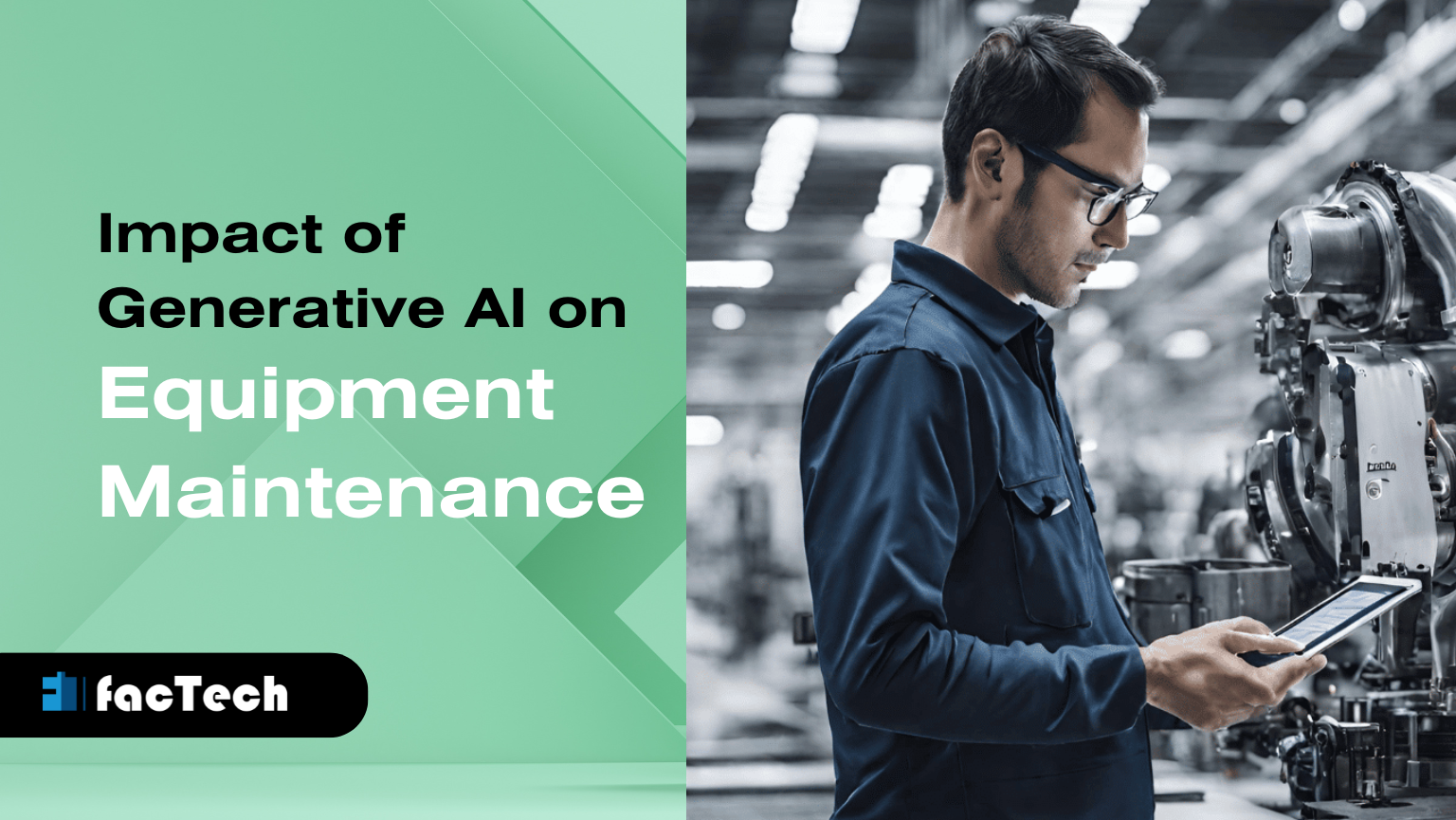
Leave a Comment